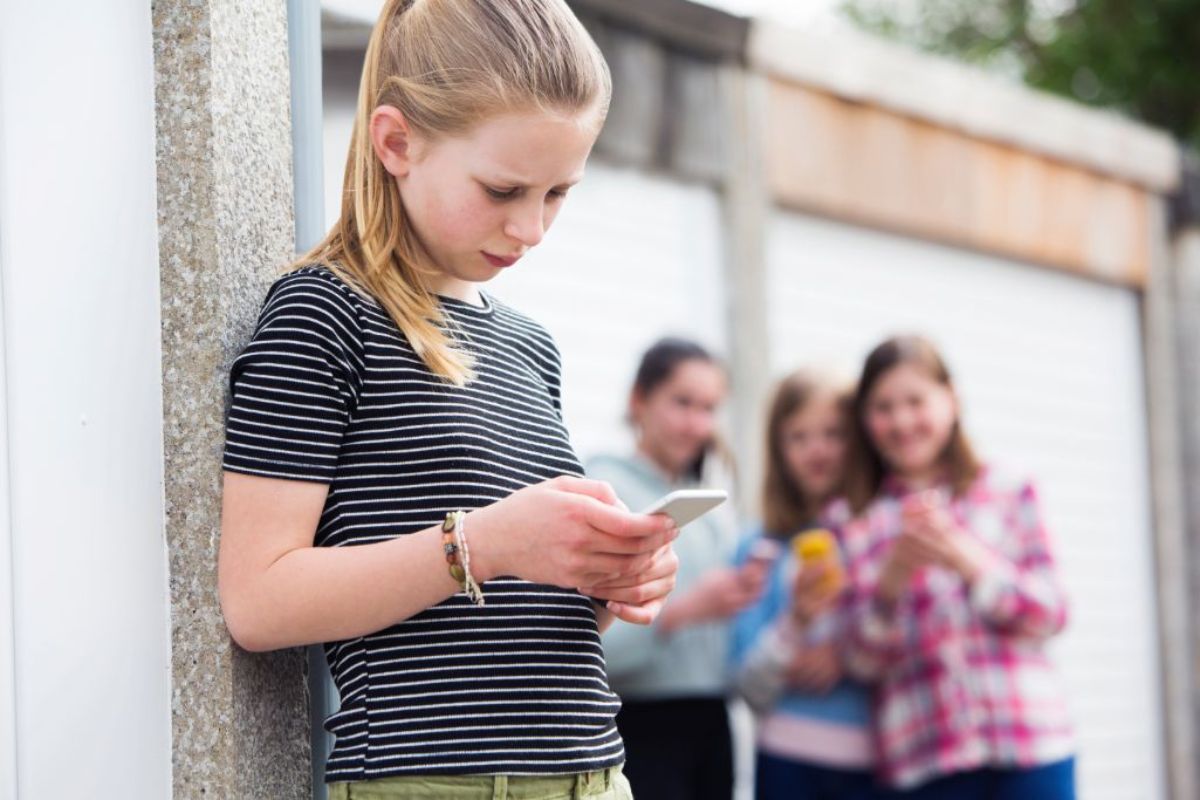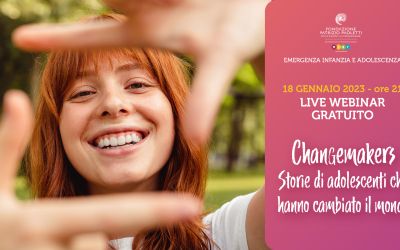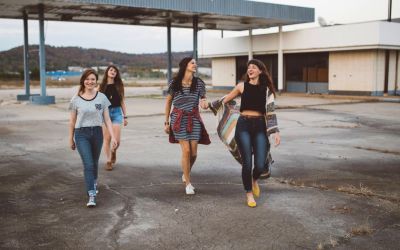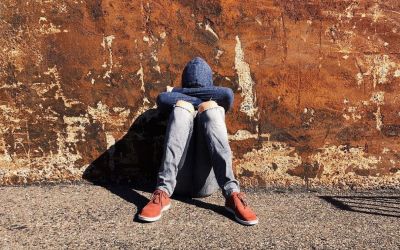
Adolescenza, social media e autostima
Mir spasët krasotà: il mondo sarà salvato dalla bellezza. Mir, che in russo significa anche “paceDefinizione neuroscientifica e psicologica La pace è un'emo... Leggi” e non solo “mondo”. Dostoevskij, più di 150 anni fa e ben prima dell’avvento della tecnologia e dei social media, aveva profetizzato che l’unica via per la pace autentica – che potesse essere raggiunta sia dall’individuo sia dalla società – fosse percorribile curando e proteggendo la bellezza. Ma di quale bellezza parlava? La bellezza che nasce dalla capacità di essere compassionevoli, di sapersi meravigliare, di provare emozioni, di accettare e accettarsi, di credere nelle proprie capacità e in quelle altrui, di rispettarsi e saper rispettare.
Una bellezza che i più recenti studi scientifici identificherebbero come costituita dagli stessi elementi che vengono riconosciuti come risorse positive interne che sono fattori protettivi per la salute mentaleCosa si intende per salute mentale? Secondo l'Organizzazione... Leggi, in età evolutiva e non solo (Polce-Lynch et al., 2001; Franchina & Coco, 2018). La bellezza che ci fa stare in pace con noi stessi. Ma è ancora applicabile questa accezione di bellezza oggi?
È notizia recente quella di un filtro in uso su un noto social network che, sfruttando l’intelligenza artificialeL'Intelligenza Artificiale (IA) è un’area di studi in rap... Leggi, “distorce in maniera iperrealistica” – per utilizzare un ossimoro – i tratti del viso della persona rendendola perfetta (secondo canoni di bellezza conformi ai più attuali trend) ma ancora riconoscibile. E questo si unisce all’uso massiccio di software per l’editing fotografico e dei filtri tradizionali che già i giovani (e non solo) fanno per sentirsi sufficientemente accettabili e potersi mostrare al mondo, soprattutto (e solamente, per molti) attraverso le bacheche di immagini dei vari social (Jiang & Ngien, 2020).
Tutto questo rappresenta un pericolo per l’adolescente che, in una fase di definizione del sé che passa anche attraverso il riconoscimento dell’altro, sceglie di mostrarsi filtrato, manipolando non solo l’immagine che mostra agli altri ma anche a se stesso, sino a non riconoscersi più pur di accettarsi e sentirsi accettato (anzi, approvato più che accettato) (Chua & Chang, 2016; Hill & Denman, 2016).
AUTOSTIMA Come promuoverla
Compila il form
"*" indica i campi obbligatori
in classe e in famiglia
e guarda subito il webinar
Il costrutto dell’autostima è fondamentale in ogni momento della nostra parabola di vita, ma lo è ancora di più in adolescenza. È una variabile che unisce il senso di autoefficaciaDi fronte alle sfide quotidiane che dobbiamo affrontare, ogn... Leggi percepita, di accettazione, regolazione ed espressione delle emozioni, di gestione dei cambiamenti, di conoscenza delle proprie risorse e dei propri limiti. Definisce la possibilità di determinare il nostro futuro sulla base della sicurezza in noi stessi. Non a caso, l’autostima (o meglio, la mancanza di essa) è anche uno dei criteri diagnostici riconosciuti per la diagnosi dei disturbi dell’umore – quali depressioneLa depressione è un disturbo caratterizzato da una tristezz... Leggi, distimia, etc. – e ha un legame riconosciuto con la sintomatologia ansiosa (Polce-Lynch et al., 2001; Hill & Denman, 2016; Franchina & Coco, 2018).
Ma quale è il legame tra l’immagine e le modificazioni corporee e l’autostima? Questa variabile, a differenza di altre, “si incarna” anche nel corpo e si rafforza (o si distrugge) passando attraverso lo sguardo proprio e dell’altro, attraverso il giudizio e attraverso il confronto con canoni estetici spesso irrealistici.
Recenti studi (Veldhuis et al., 2020; Maes & de Lenne, 2022) stanno cercando di analizzare più approfonditamente il rapporto tra autostima, immagine di sé sui social media e ricorso alla chirurgia estetica come unico mezzo accettabile per lavorare su se stessi al fine di raggiungere un ideale – solo estetico – che possa farci sentire bene con noi stessi attraverso l’approvazione dell’altro. In una rincorsa irrealistica e potenzialmente pericolosa di una perfezione irraggiungibile che non rafforza altro che un falso sé, la spinta all’auto-oggettivazione e al sabotaggio delle parti interne autentiche e vitali (Jiang & Ngien, 2020; Veldhuis et al., 2020).
Cosa possiamo fare come educatori? Molto! Possiamo fare molto! Questo perché l’autostima è una risorsa interna positiva solo apparentemente fragile. In realtà, essa ha un ruolo forte di moderazione tra un senso di sé strutturato e accettante e gli stimoli del mondo esterno: c’è necessità, attraverso training educativi e preventivi mirati, di formare i giovani al suo rafforzamento attraverso il lavoro sulle emozioni e sul riconoscimento e la valorizzazione dei propri talenti (Polce-Lynch et al., 2001; Martinez-Pecino & Garcia-Gavilán, 2019).
Chua, T. H. H., & Chang, L. (2016). Follow me and like my beautiful selfies: Singapore teenage girls’ engagement in self-presentation and peer comparison on social media. Computers in human behavior, 55, 190-197.
Franchina, V., & Coco, G. L. (2018). The influence of social media use on body image concerns. International Journal of Psychoanalysis and Education, 10(1), 5-14.
Hill, A., & Denman, L. (2016). Adolescent Self Esteem and Instagram: An Examination of Posting Behavior. Concordia Journal of Communication Research, 3(1), 4.
Jiang, S., & Ngien, A. (2020). The effects of Instagram use, social comparison, and self-esteem on social anxiety: A survey study in Singapore. Social Media+ Society, 6(2), 2056305120912488.
Maes, C., & de Lenne, O. (2022). Filters and fillers: Belgian adolescents’ filter use on social media and the acceptance of cosmetic surgery. Journal of Children and Media, 16(4), 587-605.
Martinez-Pecino, R., & Garcia-Gavilán, M. (2019). Likes and problematic Instagram use: the moderating role of self-esteem. Cyberpsychology, Behavior, and Social Networking, 22(6), 412-416.
Polce-Lynch, M., Myers, B. J., Kliewer, W., & Kilmartin, C. (2001). Adolescent self-esteem and gender: Exploring relations to sexual harassment, body image, media influence, and emotional expression. Journal of Youth and Adolescence, 30(2), 225-244.
Veldhuis, J., Alleva, J. M., Bij de Vaate, A. J., Keijer, M., & Konijn, E. A. (2020). Me, my selfie, and I: The relations between selfie behaviors, body image, self-objectification, and self-esteem in young women. Psychology of Popular Media, 9(1), 3.
Sii parte del cambiamento. Condividere responsabilmente contenuti è un gesto che significa sostenibilità










